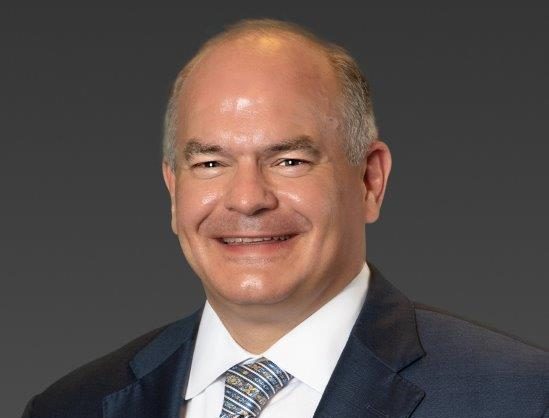There are several savings options as you and your future college student prepare for the costs of college.
WHEN YOU ADD UP THE COSTS of raising a child, education looms large. “Four years at a public in-state college is projected to cost $47,152 today,” says Richard Polimeni, head of Education Savings Programs at Merrill. At a private college, that total could hit nearly $169,000, and at the most elite schools you could spend far more. “You can expect tuition costs to rise by about five percent each year,” he adds. That’s why it’s important to start saving as early as you can. “Ideally, you want your savings to pay for a larger portion of the costs, so you or your child can borrow less.”
“Start by setting up automatic monthly contributions to an account earmarked for college,” Polimeni suggests. Then, as freshman year approaches, you can look for ways to fill in the gaps. Contribution limits, tax benefits, and other factors differ across the four major college savings options, including a 529 savings plan, a 529 prepaid tuition plan, a Coverdell Education Savings Account, and UTMA/UGMA custodial accounts created under the Uniform Gifts to Minors Act/Uniform Transfers to Minors Act. Consider a conversation with your advisor about which options best align to your family’s overall financial plan.
Make the most of tax benefits: “There are various federal income tax provisions that not only encourage people to set aside funds to pay for higher education costs but could also help offset some of those expenses,” says the Chief Investment Office (“CIO”) National Wealth Strategies Team for Merrill and Bank of America Private Bank. Those include tax credits for higher education expenses and a deduction for student loan interest. What’s more, you can withdraw funds from individual retirement accounts to cover eligible college costs without incurring additional taxes for early withdrawals, but it’s better to leave those funds invested for your long-term goals, the CIO notes. For more on these tax rules, ask your advisor for the CIO’s Wealth Strategy Report: Tax Provisions Related to Higher Education Expenses, June 2023.
Final stretch? Fill in the gaps … On average, families cover only 54% of college costs with savings and the parents’ and student’s income. Another 26% comes from scholarships and grants, with loans covering 18% (friends and relatives kick in the rest). That means that in the final run-up to college, you may want to look into one or more of these options:
Apply for federal student aid: Start by filling out the Free Application for Federal Student Aid (FAFSA), which you can do beginning October 1 of your child’s senior year in high school. “Everyone should apply for federal student loans and grants, even if you think you won’t qualify,” says Polimeni. Your aid eligibility doesn’t hinge on your income alone, although it is a significant factor. Financial aid awards, which often take the form of student loans, take into account the size of your family (are you sending more than one child to college?), the cost of the college and your child’s year in school. If necessary, students should consider using federal direct subsidized loans before other types of loans as they generally have lower interest rates and more favorable repayment terms.
Borrow against your investments: A Loan Management Account® (LMA® account) from Bank of America is a line of credit that allows you to use the value of your eligible investments as collateral. “You can borrow against your account without disrupting your long-term investment plan, and your interest rate will be lower than most other borrowing options,” says Patrick Bitter, a credit and banking product executive at Bank of America. Plus, you can get access to a loan quickly. “When you’re borrowing against your investments, you can set that up within a couple of days,” says Bitter. The LMA also offers flexibility; it can be used as needed, with no defined repayment time frame. Just keep in mind that if the value of your investments drops sharply, you may have to repay the loan, move more money into your account or sell some of your stocks or bonds, Bitter adds.
“Your financial advisor can help you evaluate all of these options and determine which might make the most sense for you,” says Polimeni. One more tip: “Involve your child in the process,” he adds. “It’s a great way to kickstart their financial education and it will help them understand the financial impact of considering one school over another.”
For more information, contact Merrill Lynch Wealth Management Financial Advisor Jeffery D. Price of Price & Associates at [email protected] or (817) 410-4940.






.jpg)



.png)





